By Colonel John P. Sinnott, AUS (Ret.)
Braddock’s Road originally began at Cumberland, Maryland and ended with its tragically premature terminus a few miles short of Fort Duquesne. Several roads and highways east and south of Cumberland are named for Maj. Gen. Edward Braddock but are not properly part of Braddock’s Road, the one his troops built.
Rather, these other roads correspond, generally, to routes that were taken by Braddock’s forces in moving from the debarkation point for the 44th and 48th regiments at Alexandria, Virginia to Fort Cumberland. As planned in London, the British troops were to sail up the Potomac as far as Will’s Creek, the site of Fort Cumberland. To execute this part of the plan, Braddock personally inspected the Potomac above Rock Creek in the present District of Columbia, and found the Potomac River was unsuitable for this purpose. An overland march to Fort Cumberland was clearly necessary.
[text_ad]
Into the Shenandoah Valley
Edward Braddock’s quartermaster general, Sir John St. Clair, proposed temporarily billeting the force among a number of towns in eastern Maryland and Virginia. Braddock rejected this proposal. Thus, both the 44th and the 48th were quartered a few miles west of Alexandria. A monument at Russell Street and Braddock Road in Alexandria now marks the encampment site.
Largely because of the poor condition of the colonial road network between Alexandria and Cumberland, Braddock decided that it was unwise to send all of his forces over the same route. Accordingly, Sir Peter Halkett’s 44th Regiment left Alexandria on April 7, 1755, the artillery following on April 13, with Winchester, Virginia, as an immediate goal.
The route generally followed the Leesburg Pike, going over the Blue Ridge at Vestal’s or Keyes Gap and crossing the Shenandoah River at the same place as today’s West Virginia Highway 9. Fourteen miles west of the Shenandoah, and about eight miles north of Winchester, the route turned west-northwest over a new road that St. Clair had built to Cumberland. The 44th arrived at Cumberland on May 2.
Detoured into Winchester
On April 12, Col. Thomas Dunbar’s 48th Regiment and attached units crossed the Potomac at Rock Creek, following a general line of advance toward Rockville, Maryland and, from there, to Frederick. Part of the 48th Regiment’s route through the District of Columbia can be traced by means of markers at the Roosevelt Bridge, on the grounds of the National Cathedral, and at the intersection of Wisconsin Avenue and River Road, N.W.
On arrival at Frederick, Maryland, Dunbar learned that a promised road from Frederick to Cumberland had not been built, compelling him to redirect his line of march to Conocoheague Creek (present-day Williamsport, Maryland) and recross the Potomac to reach Winchester. The 48th Regiment then traveled over the new road north of Winchester to Cumberland.
With the arrival of Dunbar’s 48th Regiment and its attached units at Fort Cumberland on May 10, the entire force of more than two thousand British and colonial troops now was assembled for the advance on Fort Duquesne, and the axmen were ready to clear the first section of Braddock’s Road.
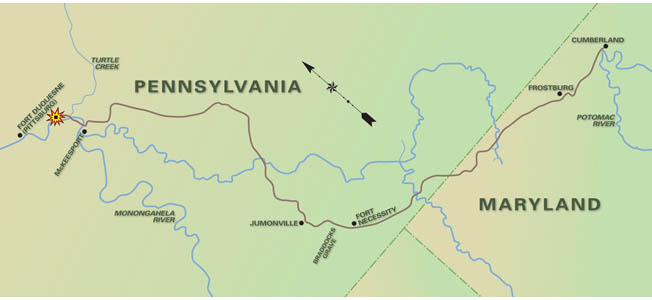
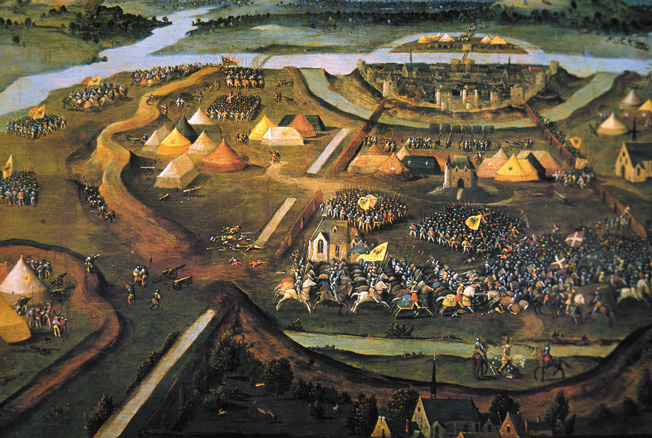
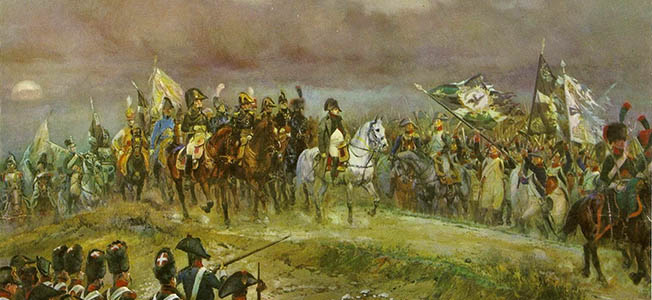
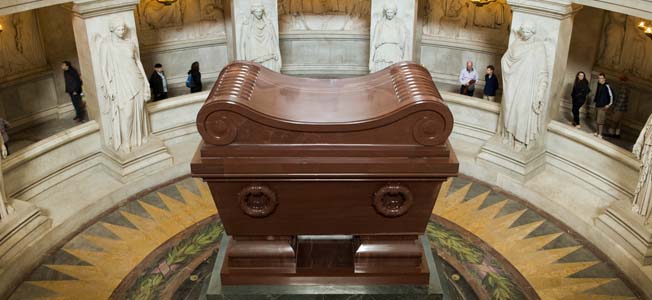
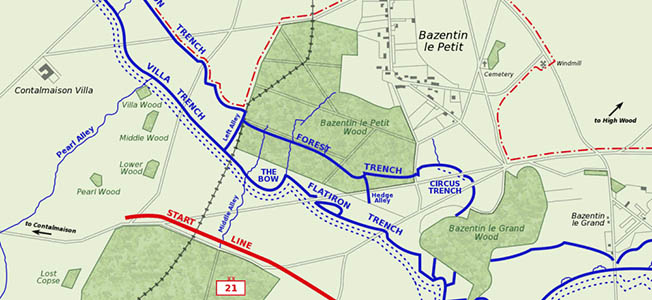

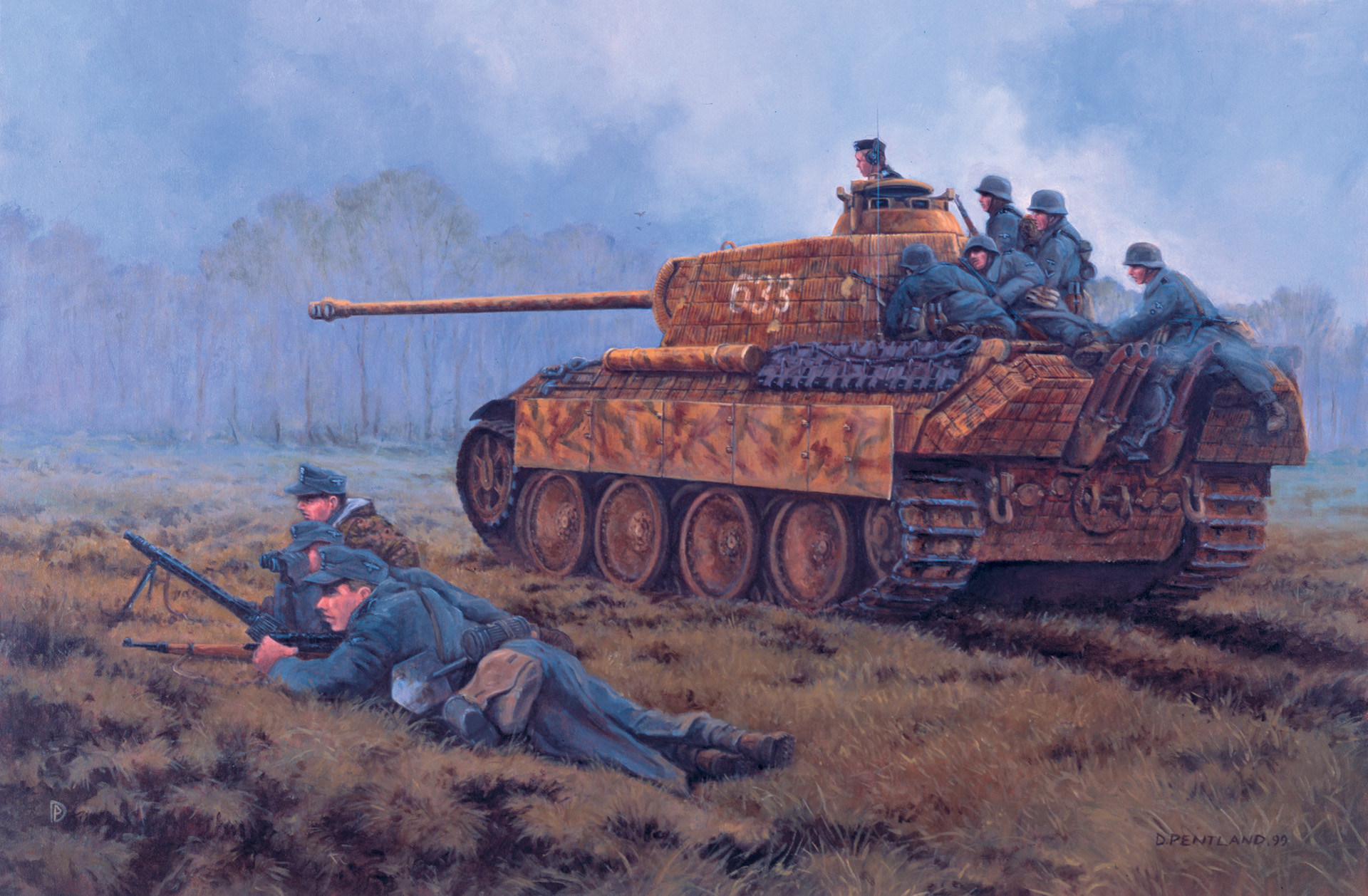

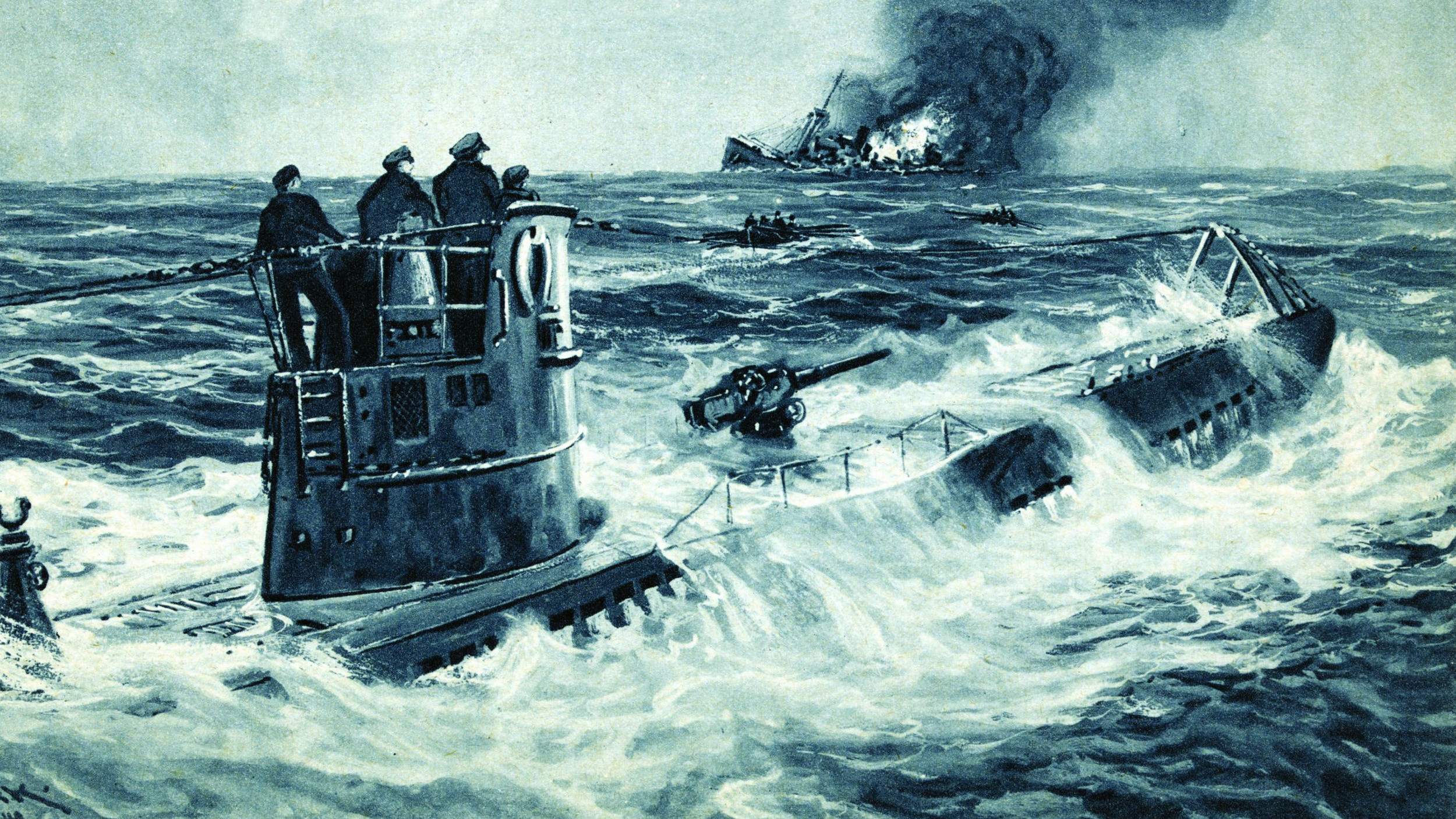
It’s Russell Road